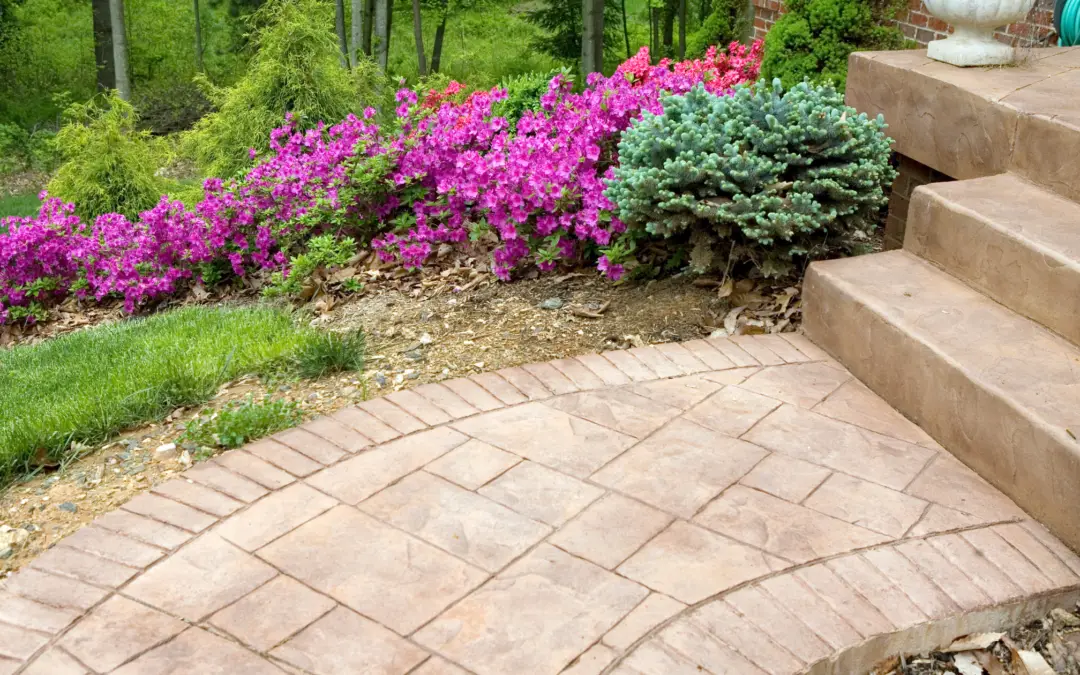When it comes to designing your outdoor space, stamped concrete has become a popular choice for its durability, versatility, and aesthetic appeal. However, one common concern that many homeowners have is whether stamped concrete is slippery. In this blog post, we will explore this question in-depth to help you make an informed decision about using stamped concrete for your outdoor living area.
The Slip Factor of Stamped Concrete
Stamped concrete is created by pressing patterns and textures into freshly poured concrete, giving it the appearance of natural materials such as stone, brick, or wood. While the surface of stamped concrete may appear smooth, it is not necessarily slippery. The level of slipperiness of stamped concrete largely depends on the texture and finish applied to the surface. For example, adding a non-slip additive or using a broom finish can increase traction and reduce the risk of slipping on stamped concrete surfaces.
Enhancing Safety and Aesthetics with Sealers
In addition to texture and finish, proper maintenance plays a crucial role in preventing slipperiness on stamped concrete. Regular cleaning with a mild detergent and water can help remove dirt and debris that can make the surface slippery when wet. Additionally, applying a sealant every few years can help protect the surface from wear and tear while also improving traction.
Choosing the Right Materials for Enhanced Grip
It is important to note that like any other outdoor surface, stamped concrete can become slippery when wet. This is why it’s essential to take precautions such as installing proper drainage systems to prevent water buildup on the surface. Using rugs or mats in high-traffic areas during rainy weather can also help reduce the risk of slipping on stamped concrete.
Longevity and Maintenance of Stamped Concrete Surfaces
When considering whether stamped concrete is slippery for your outdoor living space, it’s important to assess your specific needs and preferences. If you have children or elderly individuals who may be at higher risk of slipping, choosing a textured finish or adding non-slip additives may be beneficial. On the other hand, if aesthetics are your primary concern, opting for a smoother finish with regular maintenance may be more suitable.
Conclusion
In conclusion, while some types of stamped concrete surfaces can be slippery when wet, there are various ways to enhance traction and reduce the risk of slipping. By considering factors such as texture, finish, maintenance, and drainage when designing your outdoor living space with stamped concrete, you can create a beautiful and functional area that meets your needs while minimizing safety concerns. So go ahead and enhance your outdoor living with stamped concrete – just remember to take steps to ensure a safe and enjoyable experience for you and your loved ones.

